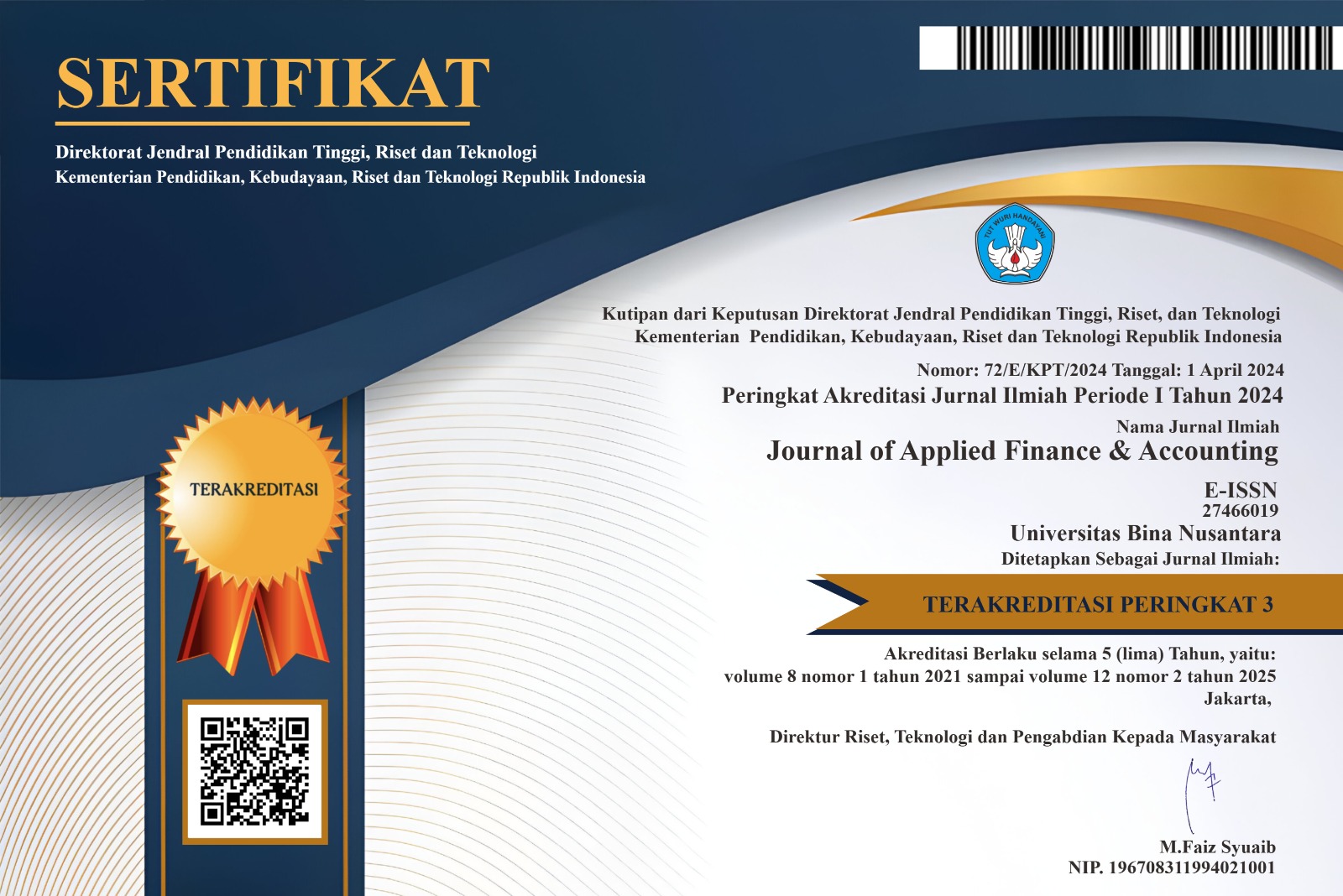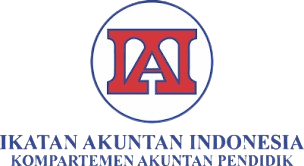The Analysis of Internal Controls on Revenue and Expenditure Cycle in PT. Levina
DOI:
https://doi.org/10.21512/jafa.v1i2.125Keywords:
Accounting Information System (AIS), Revenue Cycle (RC), Expenditure Cycle (EC), Internal Control (IC).Abstract
This research intends to observe and to examine the revenue and expenditure cycle implemented in PT. LEVINA as well to analyze, to assess, and to identify potential weaknesses in the revenue and expenditure cycle, and the internal controls related to those cycles of the company using COSO’s Internal Control-Integrated Framework. Moreover, it provides specific recommendations based on the framework to overcome the discovered potential weaknesses. The method of analysis used in this study is by assessing the current revenue and expenditure cycle implemented in the company, along with the internal controls applied within the cycles. Subsequently, the potential weaknesses will be identified which then generates the specific recommendations. The data-collection methods used are literature and field research. The current revenue and expenditure cycle of PT. LEVINA are still comprised with potential weaknesses such as structural weaknesses, documentation and business activities (procedures) weaknesses, and Internal Control (IC) weaknesses. Hence, as the company business keeps growing, it is important to focus more on its RC and EC system as well as the IC in order to achieve the most effective and efficient methods in operating the business. As the result, the company could become more profitable.
Downloads
Published
Issue
Section
License
Authors who publish with this journal agree to the following terms:
Authors retain copyright and grant the journal right of first publication with the work simultaneously licensed under a Creative Commons Attribution License that allows others to share the work with an acknowledgement of the work's authorship and initial publication in this journal.
Authors are able to enter into separate, additional contractual arrangements for the non-exclusive distribution of the journal's published version of the work (e.g., post it to an institutional repository or publish it in a book), with an acknowledgement of its initial publication in this journal.
Authors are permitted and encouraged to post their work online (e.g., in institutional repositories or on their website) prior to and during the submission process, as it can lead to productive exchanges, as well as earlier and greater citation of published work (See The Effect of Open Access).




